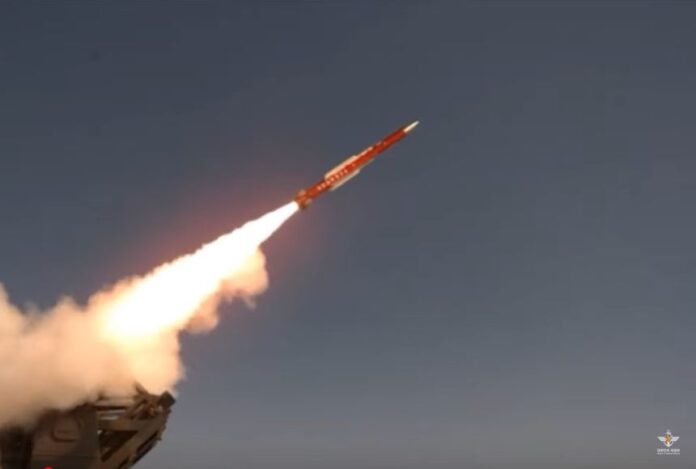South Korea’s Defense Acquisition and Program Administration (DAPA) has launched development of the next generation long-range surface-to-air missile (L-SAM) system called the L-SAM II.
DAPA said in a 15 January statement that a ₩567.7 billion (US$389.8 million) investment will be earmarked for the L-SAM II development through 2028, and will also involve the state-run Agency for Defense Development (ADD) and about 19 companies.
The agency noted that L-SAM II will be capable of intercepting missiles at a higher altitude and at a longer range than the original L-SAM system. Development of the L-SAM was completed in mid-2024, with serial production expected to commence this year. The L-SAM is designed to intercept ballistic missiles out to 150 kilometres away and at altitudes between 40 and 100 kilometres. The system has been under development by ADD and LIG Nex1 since 2019.
An L-SAM battery comprises a multifunction radar, a command-and-control (C2) centre; a combat control station, and four truck-mounted launchers, two of which are equipped with anti-aircraft and the other two with anti-ballistic missiles.
DAPA earlier announced in April 2023 that it approved funding worth ₩2.71 trillion (US$1.86 billion) to develop L-SAM II from 2024 to 2035.
This would also entail the research and development of a gliding-stage interceptor missile aimed at countering some of North Korea’s latest hypersonic weapons and intercontinental ballistic missiles (ICBMs).
South Korea is also accelerating development of the Low-Altitude Missile Defence (LAMD) system – nicknamed the “Korean Iron Dome” by some observers – by a year as a countermeasure against North Korean long-range artillery.
DAPA earlier noted in January 2024 that further development and production of the LAMD system will be carried out from 2025 to 2028.
The effort is being led by the ADD with industrial partner LIG Nex1, which began conceptualisation and early development of the system in early 2022. Core developmental activities were completed around June 2023.
by Jr Ng













